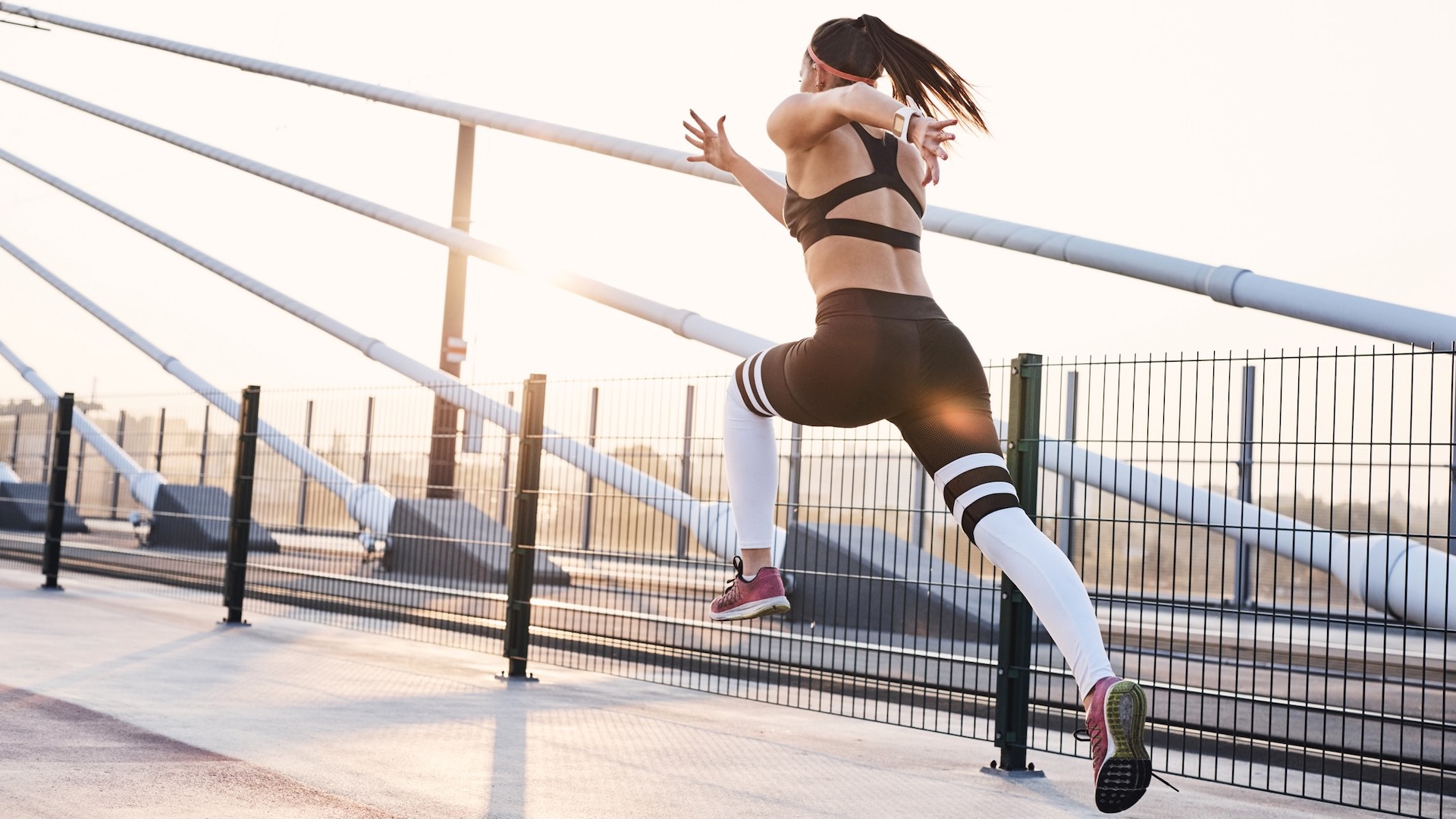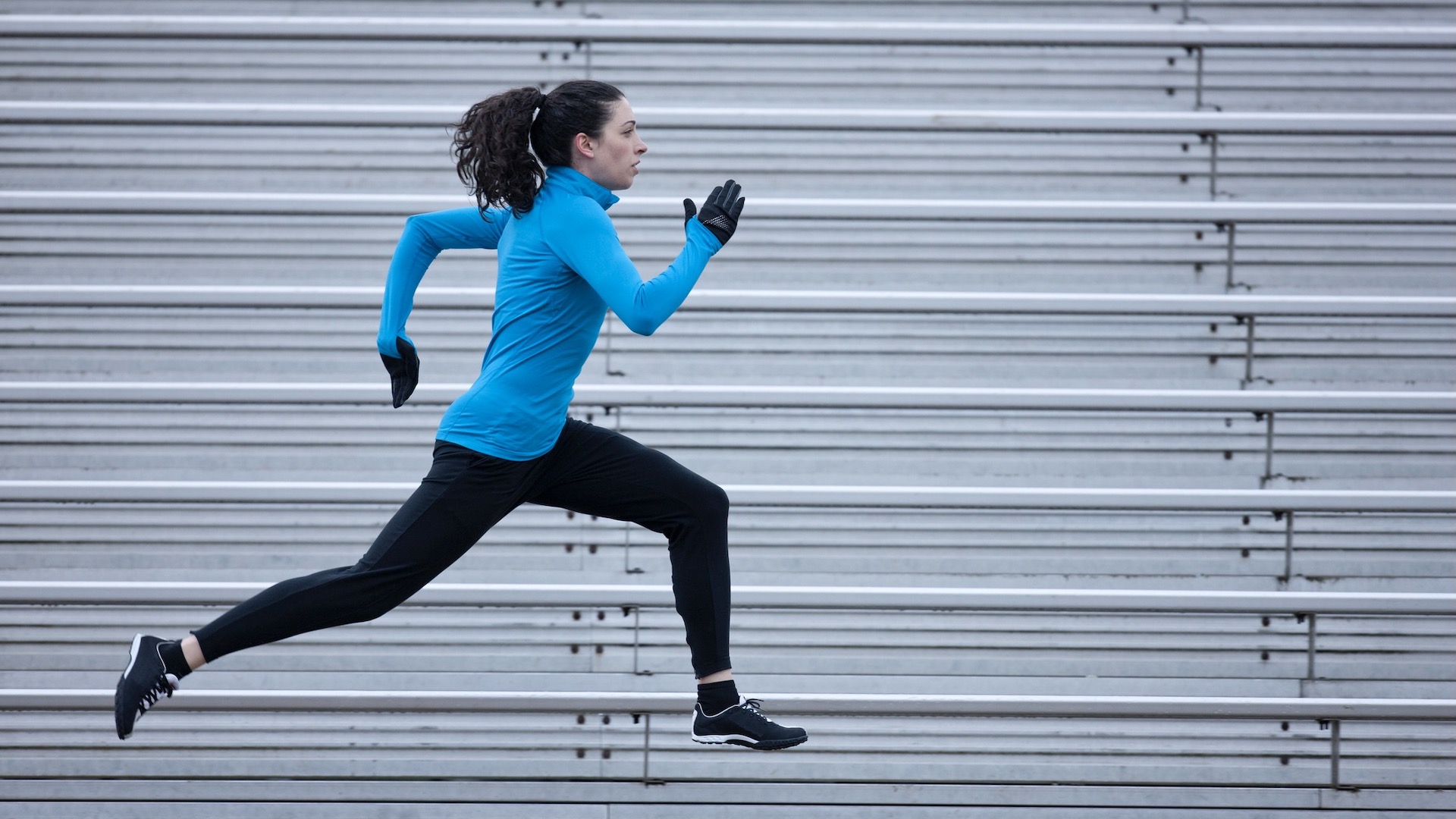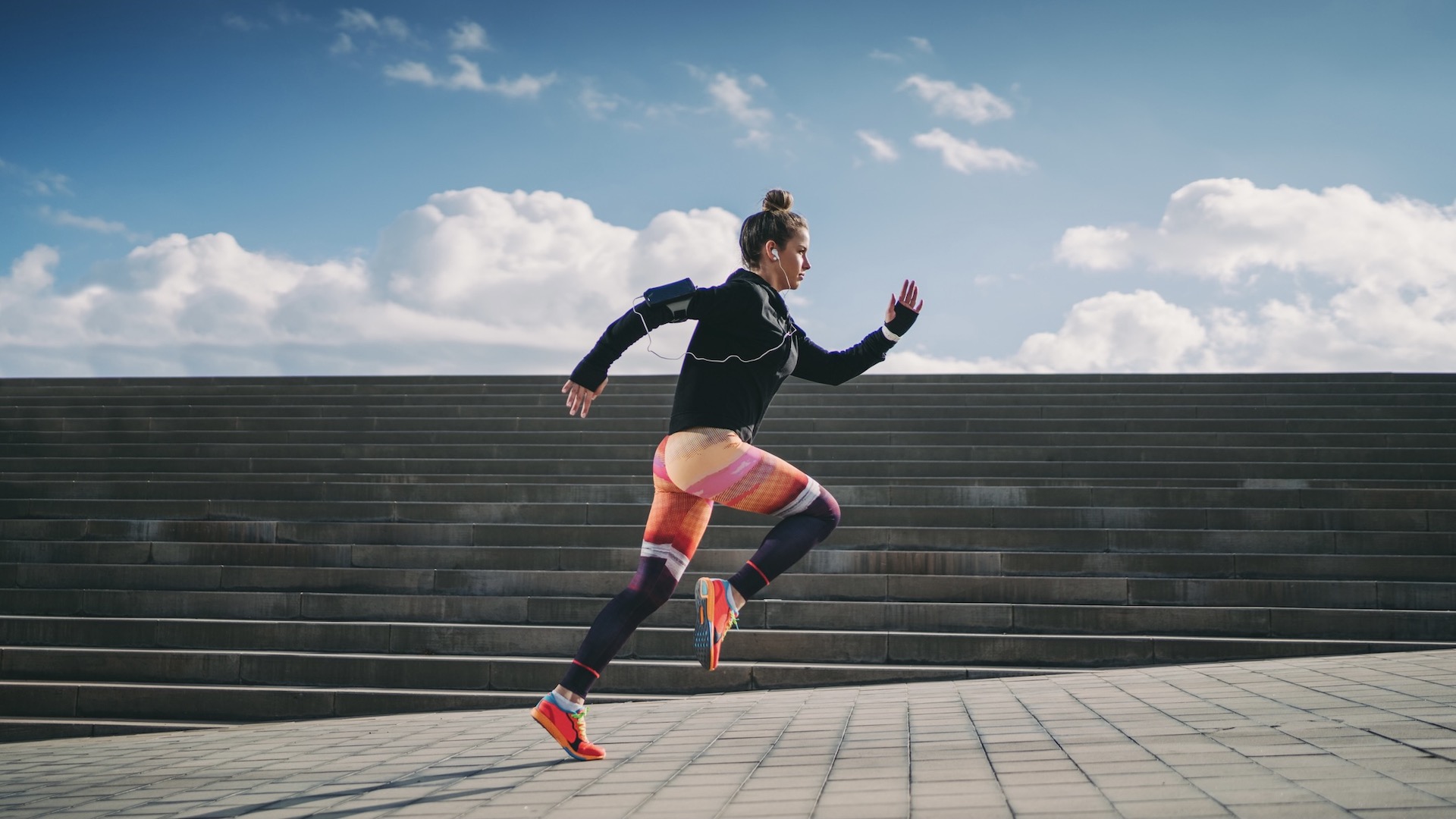The best running drills for improving fitness and technique
A guide to becoming a better and faster runner by performing recommended drills for runners

Running drills focus on running technique, which is important for improving strength, speed and efficiency for runners. If you want to be a faster runner and avoid injury, your running form is a good place to start.
Running drills can also provide a great addition to any running training plan. A comprehensive running session will include warm up exercises for running; running drills; a focused running session, such as learning the tips for better pacing; and all followed by cool down exercises.

Why perform running drills?
Running drills, if performed well and consistently, have a number of benefits. These include:
- Strengthening running specific muscles and joints
- Improving coordination, agility, balance and proprioception
- Improving the messaging or communication between your brain and legs
- Faster and more efficient running

7 tried-and-tested running drills
Do this series of running of drills after a warm up. It's a good idea to jog for five minutes, too, to ensure muscles are properly warmed up.
Find a stretch of tarmac, running track or flat trail or path to do the running drills. You want to be able to concentrate on form and technique, rather than worrying about what is underfoot.
When performing the drills you should think about body position. You are aiming for an upright running position with the shoulders square and tall; chest up and facing forwards; the hips facing forward; the butt tucked slightly under your hips; and your head and neck upright, as if being slightly pulled or floated upwards by a balloon above you.
Repeat each drill for around 50 metres to 75 metres. It is worth doing two or three sets of each.
All the latest inspiration, tips and guides to help you plan your next Advnture!
Skipping with high knees
This is a good drill to warm up with. Start by skipping while moving forwards. Keep the skipping steps fairly short and focus on raising your knees slightly as you skip forwards.
Keep the movement flowing and skip from one foot to the next. Also think about keeping your foot dorsiflexed (keeping the toes drawn up towards the shin).
Use your arms to drive your forwards.
The aim of the drill is less about speed and more about keeping your form, with your chest up and facing forwards and your hips facing forwards.
Power skips
Next move on to a more powerful form of skipping. The aim is to go for height as you skip forwards.
Drive the knee up as you push off the ground with your feet. You can use your arms as a way to power you upwards as well.
This is like high bounding but while skipping forwards.
Bounding
Bounding is like running but in a more exaggerated form. Think about moving forwards and upwards while performing a good running technique.
This is different from skipping and a good way to introduce yourself to bounding is to start by jogging, then extend this to running and then try to perform a more exaggerated style of running.
High knees
Start by running in an upright position, making sure your steps are short and cadence is high. Then lift the knees up as you run forwards.
Make your you don’t start to bend in the middle, but instead keep your chest up and look ahead at where you are going.
Butt kicks
Keeping your upright form, take quick steps forwards but lift your heels to the back and toward your butt. Repeat as you move forwards. Make sure you have an upright torso.

Carioca drill
Also known as “grapevine”, Carioca teaches runners to initiate the movement of the legs from the hips when running and, therefore, increase the mobility of the hips.
Stand sideways to the direction you will be moving in. Place your legs parallel to your shoulders and keep your upper body straight.
Cross your right foot in front of your left foot and then move your weight to the ball of your right foot.
Move your left foot to the side until you have returned to your starting position. Then repeat, but behind you. So you cross your right foot behind your left and shift your weight to the ball of your right foot. Move your left foot to the side.
The arms should be held up and outstretched so as to give you balance. The arms will also naturally co-ordinate with the leg movements. The movement in this drill comes from the hips and the upper body should not rotate.
Also make sure you do this drill on the balls of your feet and not with flat feet.
Stride outs to sprint
Once you feel properly warmed up you can progress to a stride out drill. This is where you increase the speed of your running over 30 to 40 metres and then aim to sprint, with good from, for another 50 to 60 metres.
Again, try not to fold in the middle as you pick up the speed. You are aiming to be upright and with good form as you perform the drill.
Performing running drills regularly will improve your technique, and also strength and conditioning, to become a faster and more efficient runner.

Fiona Russell is a widely published adventure journalist and blogger, better known as Fiona Outdoors. She is based in Scotland and is an all-round outdoors enthusiast with favorite activities including trail running, mountain walking, mountain biking, road cycling, triathlon and skiing (both downhill and backcountry). Aside from her own adventures, Fiona's biggest aim is to inspire others to enjoy getting outside and exploring, especially through her writing. She is also rarely seen without a running skort! Find out more at Fiona Outdoors.
